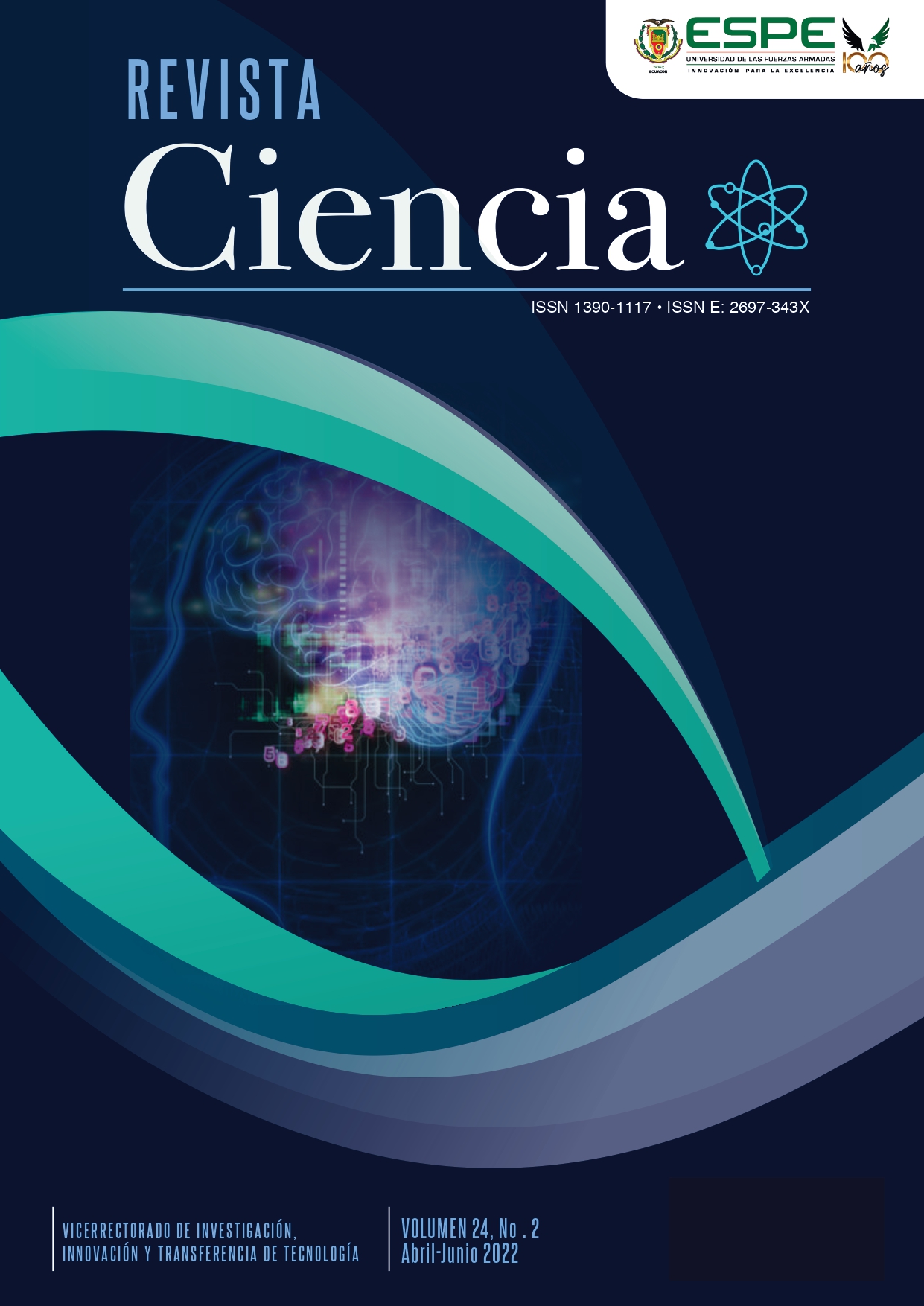EXPANSIÓN Y HOSPEDEROS DE LA HEMIPARÁSITA, Dendrophthora chrysostachya, EN EL CAMPUS DE LA UNIVERSIDAD ESPE, QUITO, ECUADOR
Main Article Content
Abstract
The native Dendrophthora chrysostachya Hemiparasite plant is the only hemiparasite Mistletoe plant present on the ESPE campus in Quito; and one of the few native plants in the area, is associated with 8 host plants. Initially it was registered in 3 native species and currently in 5 introduced species P. dealbata, C. citrinus N. oleander, H.sinensis, A.melanoxilum. No significant increases in infestation have been detected in native plants. Its population is randomly distributed according to the presence of its hosts in the area. The incidence of D. chrysostachya in relation to the health of trees can be considered scarce and it is evident that it does not affect trees, as occurs in similar species, from urban locations in the northern hemisphere. It is inferred that these plants provide some environmental services, such as food sources for native and seasonal frugivorous birds on campus. Currently its incidence based on foliar coverage is low <10%, so they do not constitute undesirable weeds that affect campus trees. After the first initial records and systematic observations the presence of D.chrysostachya, it is still undetectable for non-specialized observers or to cause any visual or environmental impact on campus beds and surrounding areas.
Article Details
- Los autores/as conservarán plenos derechos de autor sobre su obra y garantizarán a la revista el derecho de primera publicación, el cuál estará simultáneamente sujeto a la Licencia Reconocimiento-SinObraDerivada de Creative Commons (CC BY-ND 4.0), que permite a terceros la redistribución, comercial y no comercial, siempre y cuando la obra no se modifique y se transmita en su totalidad, reconociendo su autoría.
- Los autores/as podrán adoptar otros acuerdos de licencia no exclusiva de distribución de la versión de la obra publicada, siempre que se indique la publicación inicial en esta revista.
- Se permite y recomienda a los autores difundir su obra a través de internet (p. ej.:en archivos telemáticos institucionales o en su página web) antes y durante el proceso de envíom lo cual puede producir intercambios interesantes y aumentar las citas de la obra publicada.

